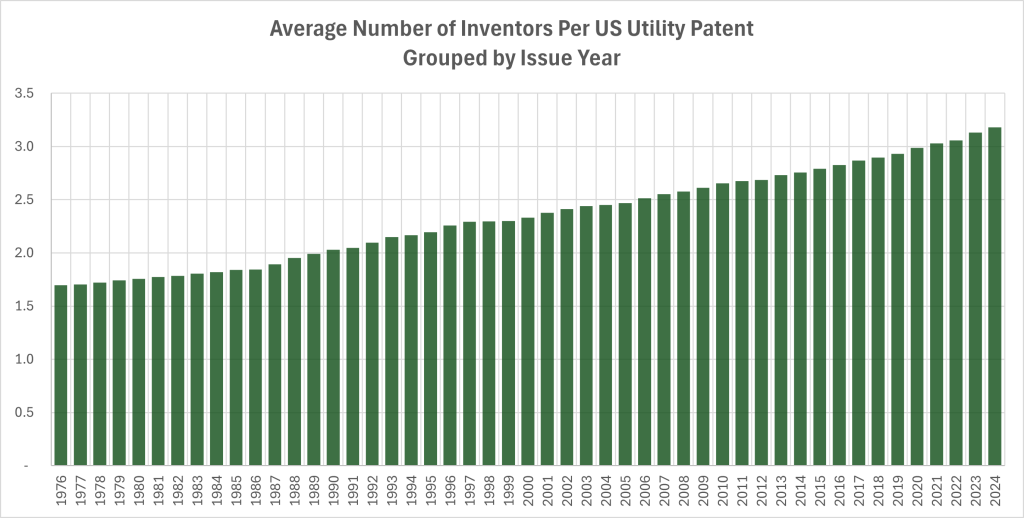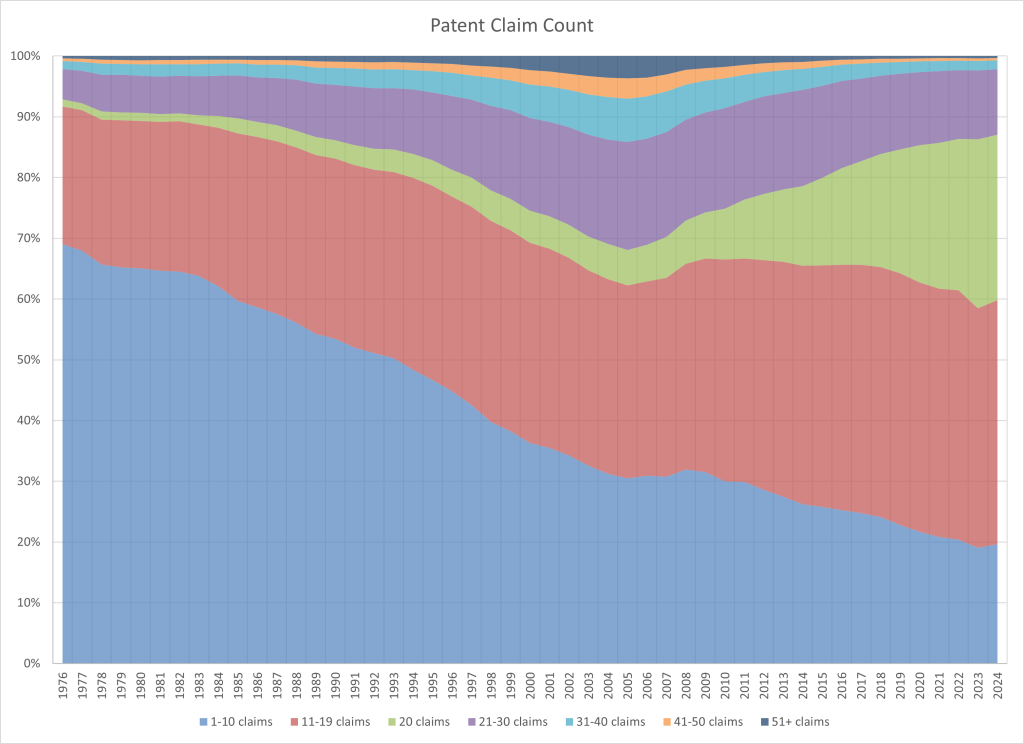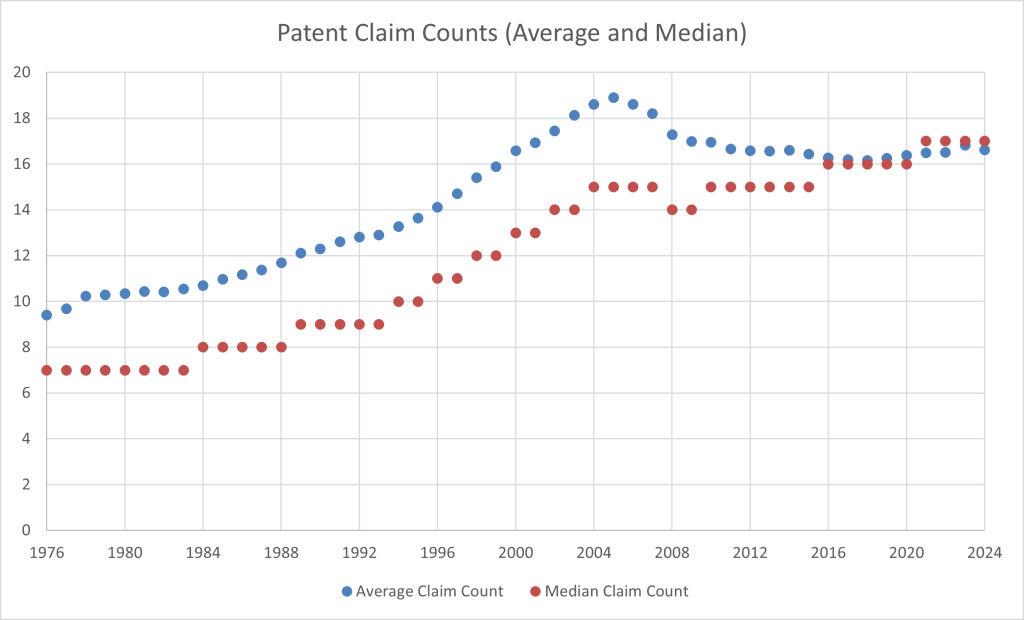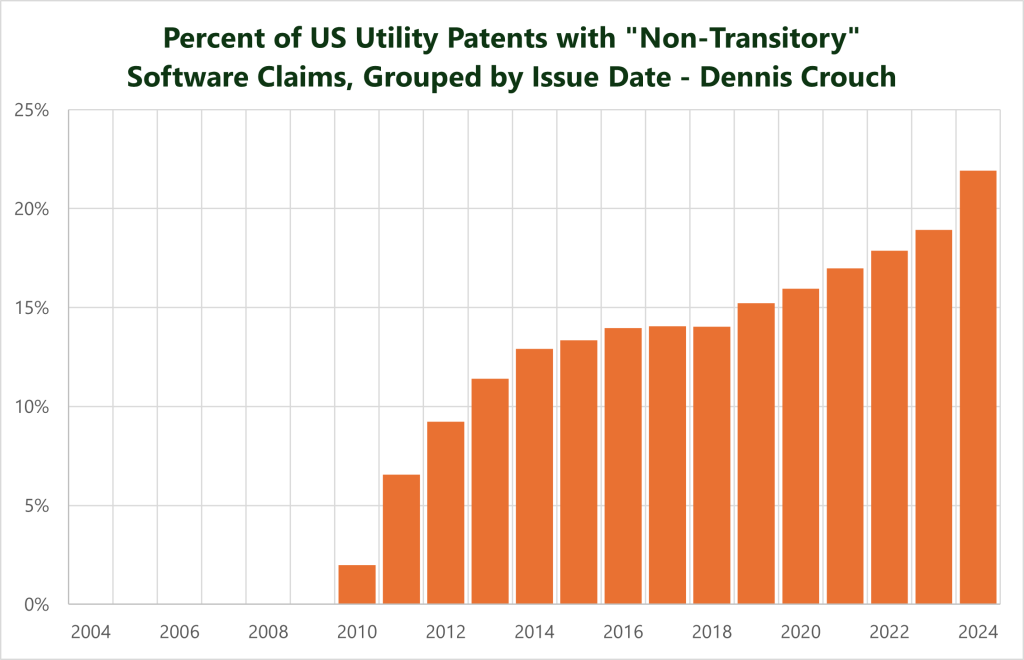by Dennis Crouch
The Supreme Court currently has two cases that each provide opportunity to address a longstanding problem with the Federal Circuit’s practice of issuing no-opinion summary affirmances in patent cases. In ParkerVision v. TCL Industries Holdings Co., No. 24-518, and Island Intellectual Property LLC v. TD Ameritrade, Inc., No. 24-461, the petitioners challenge the Federal Circuit’s use of Rule 36 judgments – where the court simply affirms the lower tribunal’s decision without any written opinion. Both petitions are well drafted by expert counsel and both have recently received strong amicus support.
The cases present the issue from different angles. ParkerVision focuses on appeals from the Patent Trial and Appeal Board (PTAB), arguing that the Federal Circuit’s use of Rule 36 violates 35 U.S.C. § 144’s explicit requirement that the court “shall issue . . . its mandate and opinion” when deciding appeals from the Patent Office. The case arose after the Federal Circuit summarily affirmed PTAB decisions invalidating ParkerVision’s wireless communication technology patents. Island IP, on the other hand, challenges a Rule 36 affirmance of a district court’s summary judgment invalidating its patent under 35 U.S.C. § 101. Island IP argues that the one-word affirmance masked the district court’s failure to properly apply summary judgment standards to disputed factual issues underlying the eligibility determination.
Both cases highlight how the Federal Circuit’s frequent use of Rule 36 undermines transparency and accountability in patent law. In ParkerVision’s case, the practice allows the court to sidestep its statutory duty to oversee administrative patent judges through reasoned decision-making. For Island IP, the summary affirmance obscures whether the court properly reviewed the district court’s handling of disputed factual evidence in the summary judgment context.
The timing of these petitions is particularly significant, as both cases have recently received substantial amicus support highlighting distinct but complementary concerns about the Federal Circuit’s Rule 36 practice. In ParkerVision, two friend-of-the-court briefs filed on November 20, 2024, emphasize national security implications and statutory interpretation. Meanwhile, in Island IP, three briefs amici were filed on November 22, 2024, along with a responsive brief on opposition. These parallel sets of briefs provide the Court with robust arguments for why intervention is needed to address what many view as a troubling lack of transparency in patent appeals. (more…)





